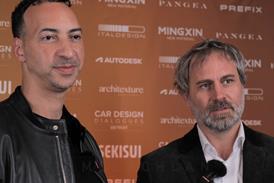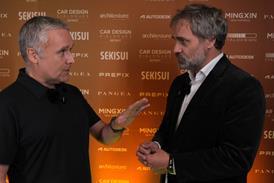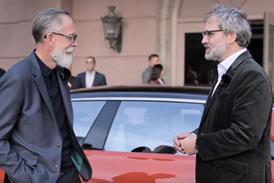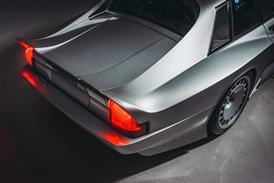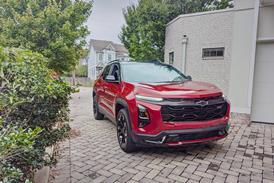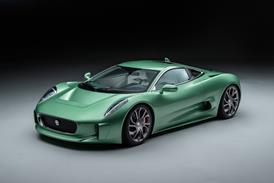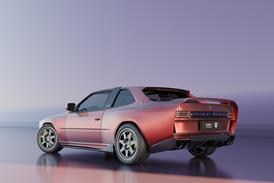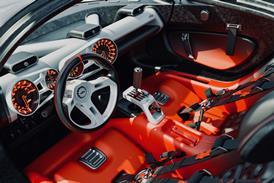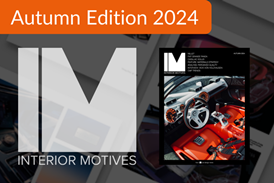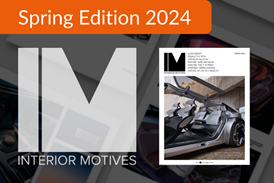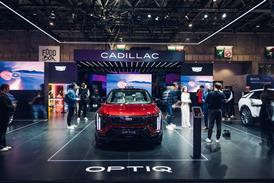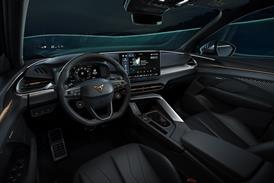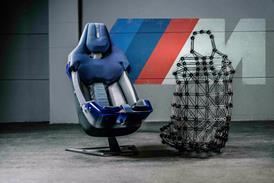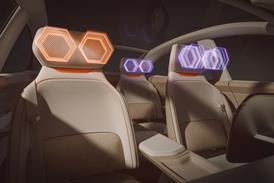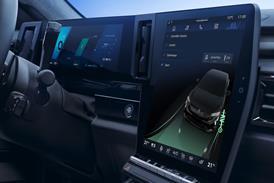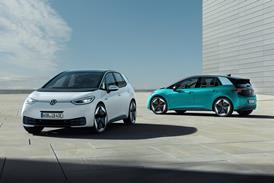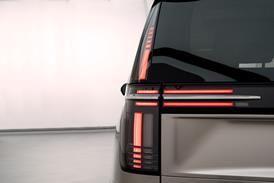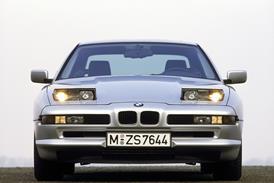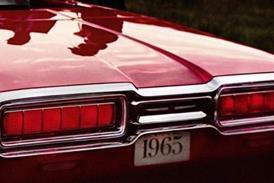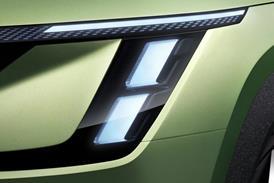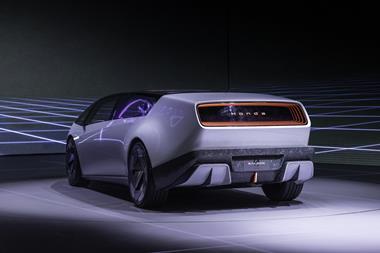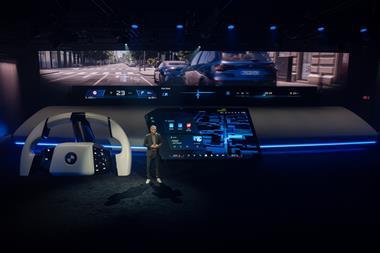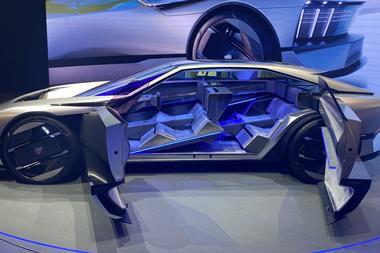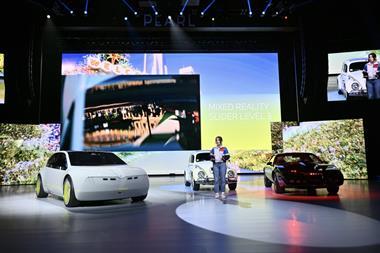Get unlimited access to Car Design News
Unlock exclusive design knowledge, inspiration & connection.
Free Trial

Includes:
Knowledge
- Keep up-to-date with new car and who's where news exclusives
- Discover the latest design thinking with design leader interviews
- Stay ahead of the curve with design trend report articles and livestreams
Inspiration
- Step inside leading design studios with our 'inside the studio' series
- Read in-depth reviews of the new and influential vehicles
- Discover cutting edge designs from other design disciplines
- Access Interior Motives magazine in digital page turner format
30-days free
Then $16 per month for Essential subscription
Billed as $194 annually
Start free trial
Other currencies: £149 / €179 annually
Available to new subscribers only
Essential Plus

Includes:
Knowledge
- Keep up-to-date with new car and who's where news exclusives
- Discover the latest design thinking with design leader interviews
- Stay ahead of the curve with design trend report articles and livestreams
Inspiration
- Step inside leading design studios with our 'inside the studio' series
- Read in-depth reviews of the new and influential vehicles
- Discover cutting edge designs from other design disciplines
- Receive 2x print editions of Interior Motives per year
- Activate a 20% discount on the annual Car Design Review yearbook
Connection
- Take part in subscriber only design challenges
$22 per month
Billed as $259 annually
Subscribe today
Other currencies: £199 / €239 annually
Premium

Includes:
Knowledge
- Keep up-to-date with new car and who's where news exclusives
- Discover the latest design thinking with design leader interviews
- Stay ahead of the curve with design trend report articles and livestreams
- Access deeper insights with trend report whitepapers
Inspiration
- Step inside leading design studios with our 'inside the studio' series
- Read in-depth reviews of the new and influential vehicles
- Discover cutting edge designs from other design disciplines
- Receive 2x print editions of Interior Motives per year
- Receive 1x annual copy of the Car Design Review yearbook
- Activate a 25% discount on additional Car Design Review books
Connection
- Take part in subscriber only design challenges
- Participate in subscriber only online workshops
$32 per month
Billed as $389 annually
Subscribe today
Other currencies: £299 / €359 annually
Explore more subscription options.

